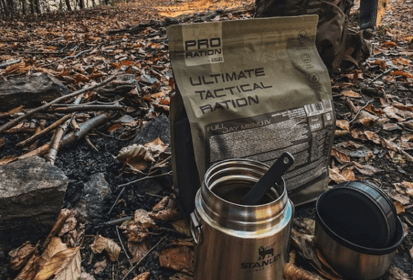8 tips to get started with hiking
Functional clothes, proper boots and a carefully packed backpack are the basis of every tourist's success. In addition, it is necessary to prepare well for situations that one does not want to experience. For that reason, we have compiled an overview of the main principles that you need to think about before every trek.
1) What to wear?
Ill-fitting clothes can make you uncomfortable and spoil the whole impression of being in nature. For that reason, it is good to choose clothes for the trek that you trust and in which you feel good. Functional t-shirts, trousers and other clothing that reliably wick away sweat and maintain your thermal comfort are ideal. There is nothing worse than a wet t-shirt that constantly sticks to you.
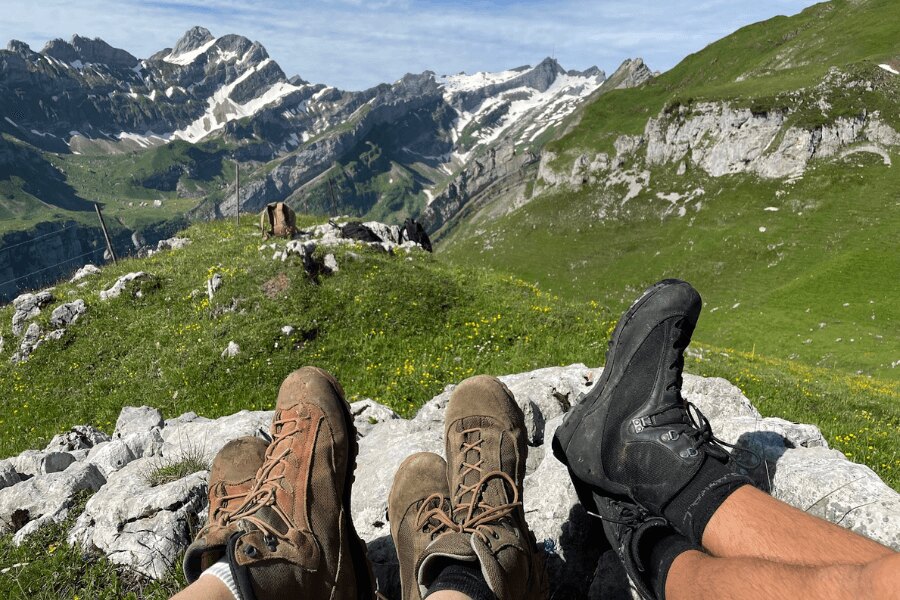
Durable outdoor boots are a must for every trip.
2) It won't work without proper boots
In short, durable boots are the basis of every trip. It is entirely up to you what type of boots you choose for your trips, but remember that trekking boots are not really for decoration. You can afford to skimp on some parts of your gear, but that's definitely not the case with boots. Therefore, look around for quality boots that will fit you perfectly. Thanks to this, you will avoid unpleasant bruises and blisters, which can torment even the most experienced travelers on the trek.
Of course, the best boots would not be of much use to you if you were to wear low-quality socks for the trek. For example, merino wool socks are great, they perfectly maintain thermal comfort and keep your feet dry even in the summer months.
3) A comfortable backpack is essential
A high-quality and comfortable backpack protects your back. Whether you go on a trip around your area or on a multi-day trek, in both cases you of course need luggage that can fit all the necessary equipment. It all depends on how many things you want to carry with you and how long and difficult your trek will be. The most used are backpacks with a volume of 30 liters, which usually fit the most necessary equipment. Just like with clothes and boots, think about comfort when it comes to backpacks, your back will thank you.
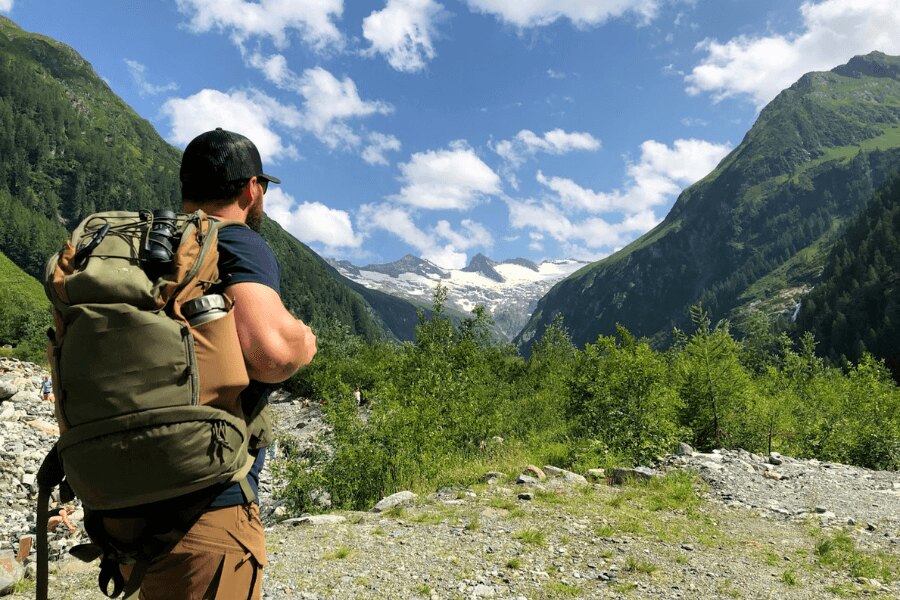
The ideal backpack for one-day hiking is comfortable and has a volume of around 30 liters.
4) What goes into the backpack?
Do you have a backpack ready, but you don't know what to pack in it yet? Experienced travelers usually list these 10 most important items that you should definitely not forget.
Navigation
Without navigation, a trip in unknown parts can go awry quite quickly. If you prefer to navigate on your phone, keep in mind that you only have to rely on your instinct when the battery dies. To be sure, pack a tourist map of the area and a compass, for example.
Lamp
It is very difficult to do without a light source at night. Most travelers prefer a headlamp that can be used in several different ways. When walking at night, the headlamp sits comfortably on your head and you have both hands free.
first aid kit
It is up to you whether you prefer an already assembled first aid kit or make your own first aid kit tailored to your needs. Anything can happen in nature, so in addition to plasters, bandages and disinfectant, you should also have scissors, painkillers or pressure bandages in your first-aid kit in case you get more seriously injured.
Food
Take enough food. Food that you don't have to cook is ideal. Energy bars, nuts, dried fruit and dried meat are the ideal partner for any situation.
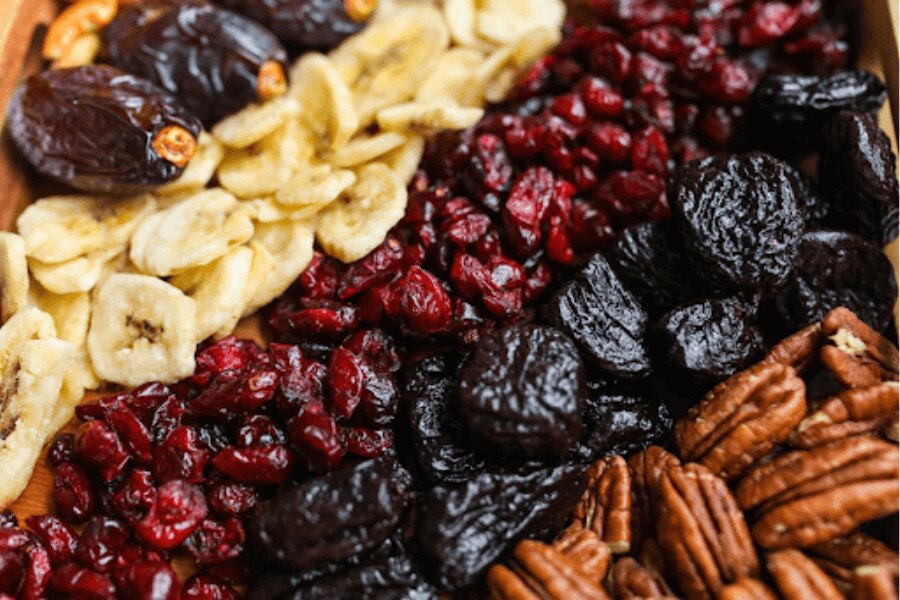
Dried fruit will give you quick energy while hiking.
Water
Water is simply essential for every trip. If you do not want to carry several liters of water in containers and you will be moving near watercourses, then we recommend purchasing a portable water filter, which will provide you with an almost unlimited source of drinking water. The ideal water container has a wide mouth that allows you to collect water even in rivers with low water levels.
knife
A knife inevitably belongs to the basic equipment of every trip. You can use it when starting a fire, repairing equipment or cooking, or for first aid. multitools, which hide a whole range of useful functions, are especially suitable for trekking.
Fire making supplies
In case of emergency, it is good to think of a back door in the form of a fire. A fire will keep you warm in an emergency and can alert passers-by and hunters to you at night. The basic ingredients for starting a fire effectively are matches (lighter, flint) and kindling (trout, solid alcohol fire starter). With a good quality, solid knife, you will also be able to make wood chips for kindling from dry wood. Just remember that making a fire is prohibited in many places, so you should only make it in case of emergency.
Emergency blanket
In case of strong wind, cold and getting wet, we recommend packing some form of emergency shelter to keep you warm. We mean, for example, a bivouac bag, a tarp or a thermo-regulating foil.
Clothes
In nature, the situation can change from minute to minute. In case of rain or getting wet, it is a good idea to carry an extra set of clothes with you. There is nothing worse than walking around in wet clothes all day.
Sun protection
Glasses and sun cream are necessary accessories that you will use on every trip. Glasses protect your vision from the effects of strong radiation, and thanks to sun cream, you can avoid unpleasant burns.
5) Test out the new equipment
It is also a good idea to carefully test your equipment before a more demanding trek. Grab your packed backpack and go on a trip to your neighborhood, which you know well. If your boots are still comfortable even after several kilometers, your clothes don't stick to you and your backpack doesn't slide off your back, then you have a guarantee that your equipment won't let you down during a tough trek.
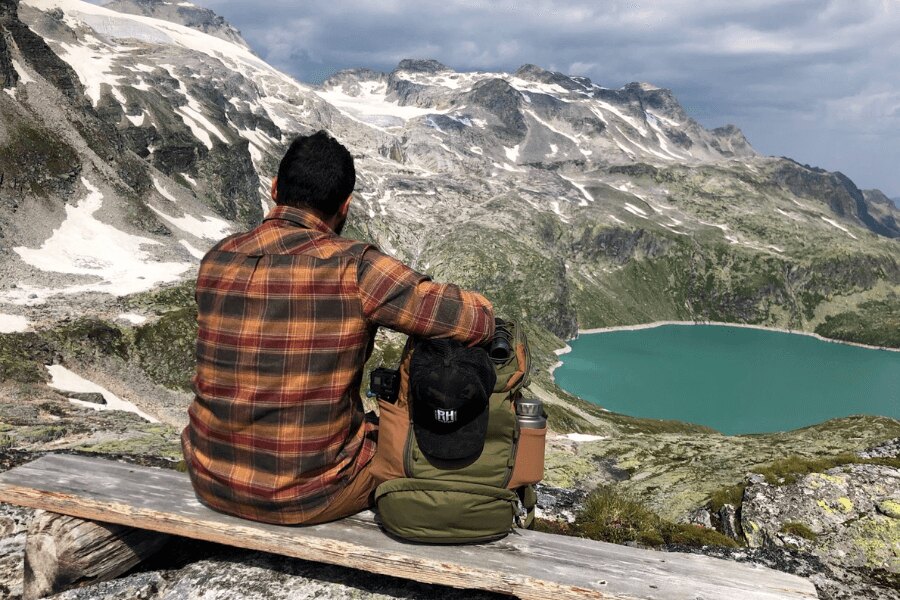
Test out all outdoor equipment before you go. It might be late outside!
6) How to select the route?
Choose the route primarily according to your experience and abilities. In the beginning, it is better to follow the more frequented trails, where you will come across other tourists from time to time. This will help you get help faster in an emergency. If you are new to hiking, it is better to avoid high elevation differences and rocky paths. After a few trips, you will get used to the more demanding movement and you will no longer be in such danger.
7) How to stay safe while trekking?
If you're new to hiking, it's a good idea to leave nothing to chance and tell a friend or family member about your route plan and return time. In case of any unexpected event, the rescuers will know where to look for you.
It is also important to familiarize yourself with the area you are going to. Try to remember the waypoints in case you get lost. In the event of an emergency, this will speed up the arrival of rescuers.
8) Leave No Trace
7 Leave No Trace principles have been designed for the needs of travelers around the world, which try to ensure the greatest possible safety for all visitors and preserve nature in excellent condition for future generations.
- Plan and prepare well.
- Travel and spend the night on a durable surface.
- Focus on proper waste disposal.
- Leave everything as you found it.
- Minimize the effect of fire.
- Respect wildlife.
- Be considerate of other visitors.
Readers are further interested
